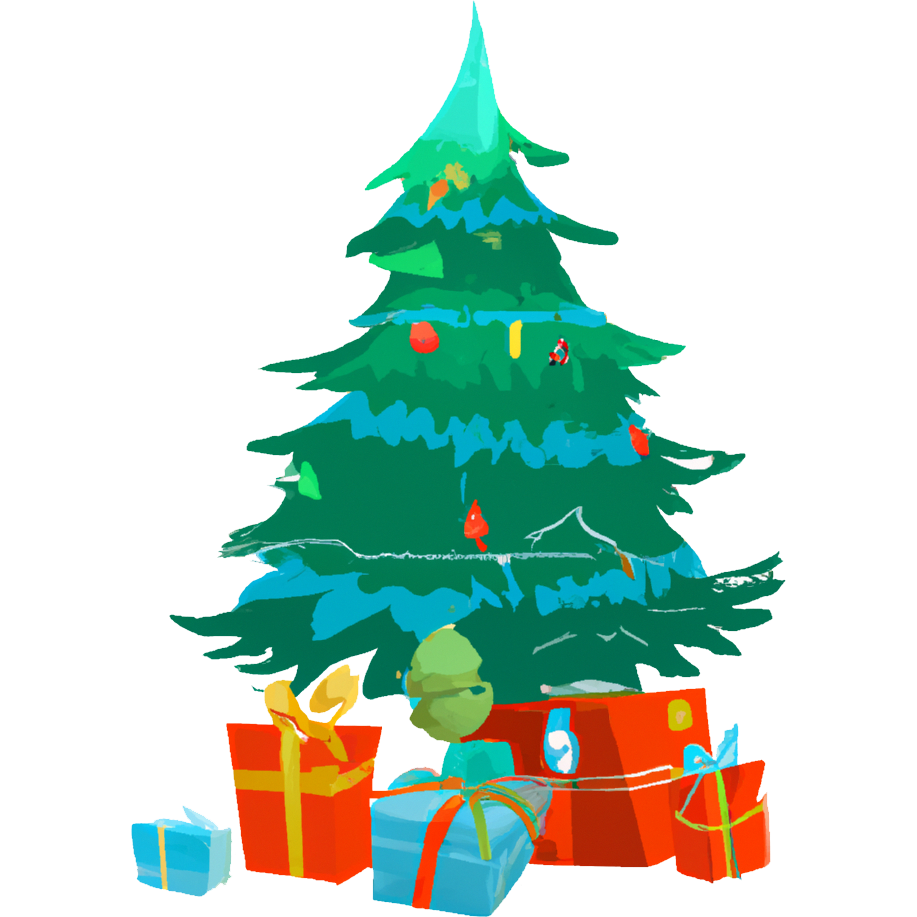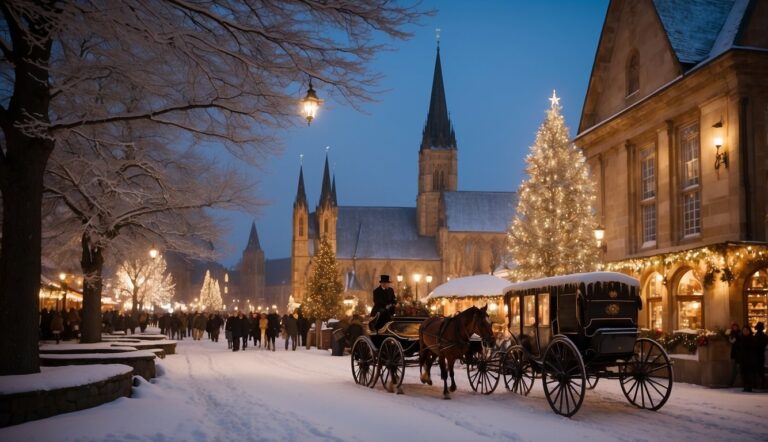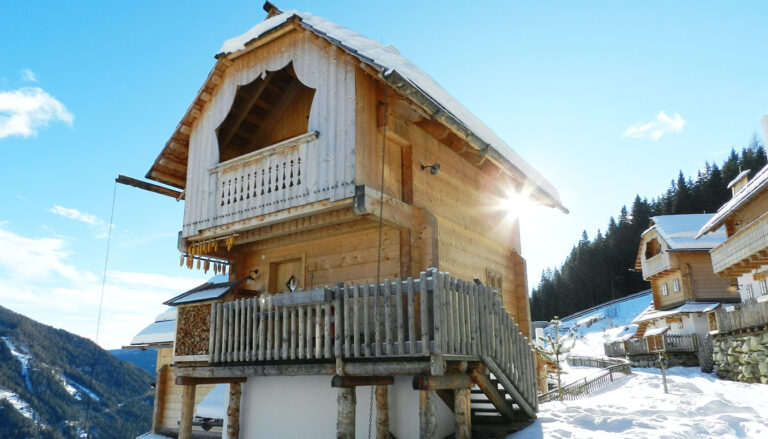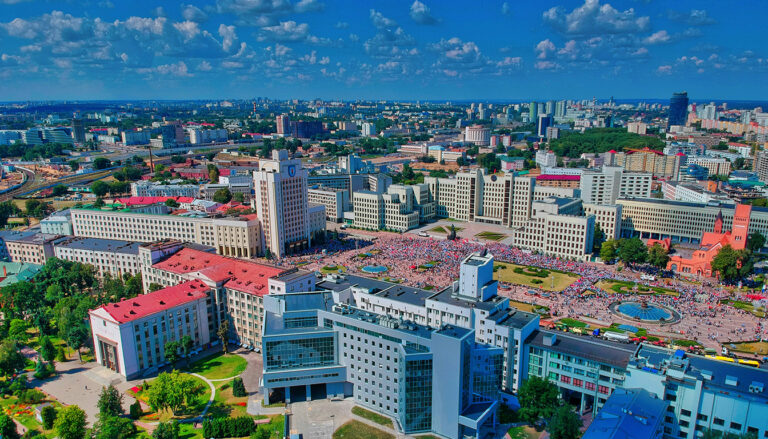Christmas in Cuba: Celebrating the Festive Season
Christmas in Cuba is a vibrant blend of rich traditions and cultural festivities, re-established in the late 20th century after a period of suppression.
While the island’s holiday customs may distinctly differ from those typically observed in the United States, they revolve around family, food, and joy, similar to Christmas celebrations worldwide.
After the ban on Christmas was lifted in 1998, following Pope John Paul II’s visit, the event has been marked with a blend of religious observances and secular celebrations, highlighting the holiday’s adaptive spirit within Cuban society.
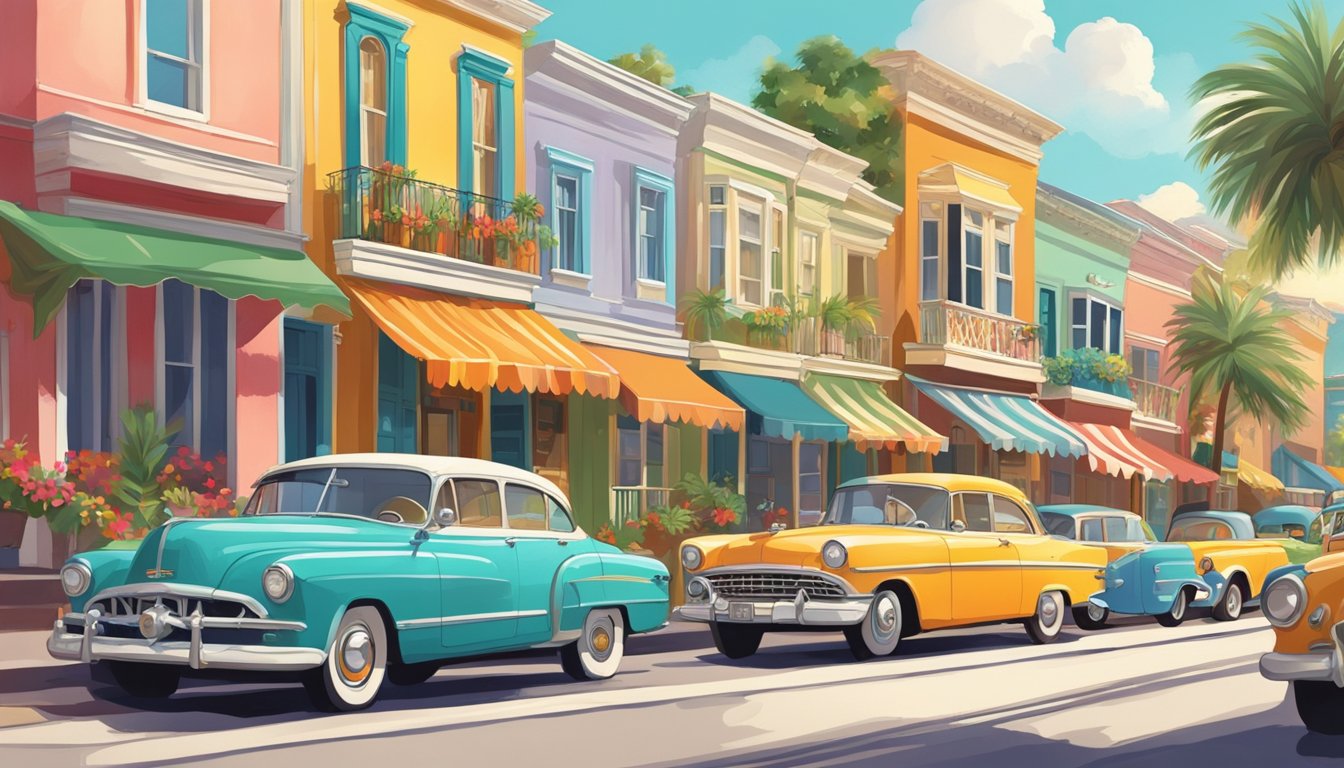
Key elements of a Cuban Christmas include the Noche Buena feast on Christmas Eve, a gathering of family members highlighted by a meal of roast pork.
The festivities are an integral aspect of the holiday season, bringing together loved ones to share in the joy and warmth of the occasion.
The exchanging of gifts, which historically takes place on Epiphany, also known as Three Kings Day, is a testament to the diverse cultural influences that shape the way Christmas is celebrated in Cuba.
History of Christmas in Cuba
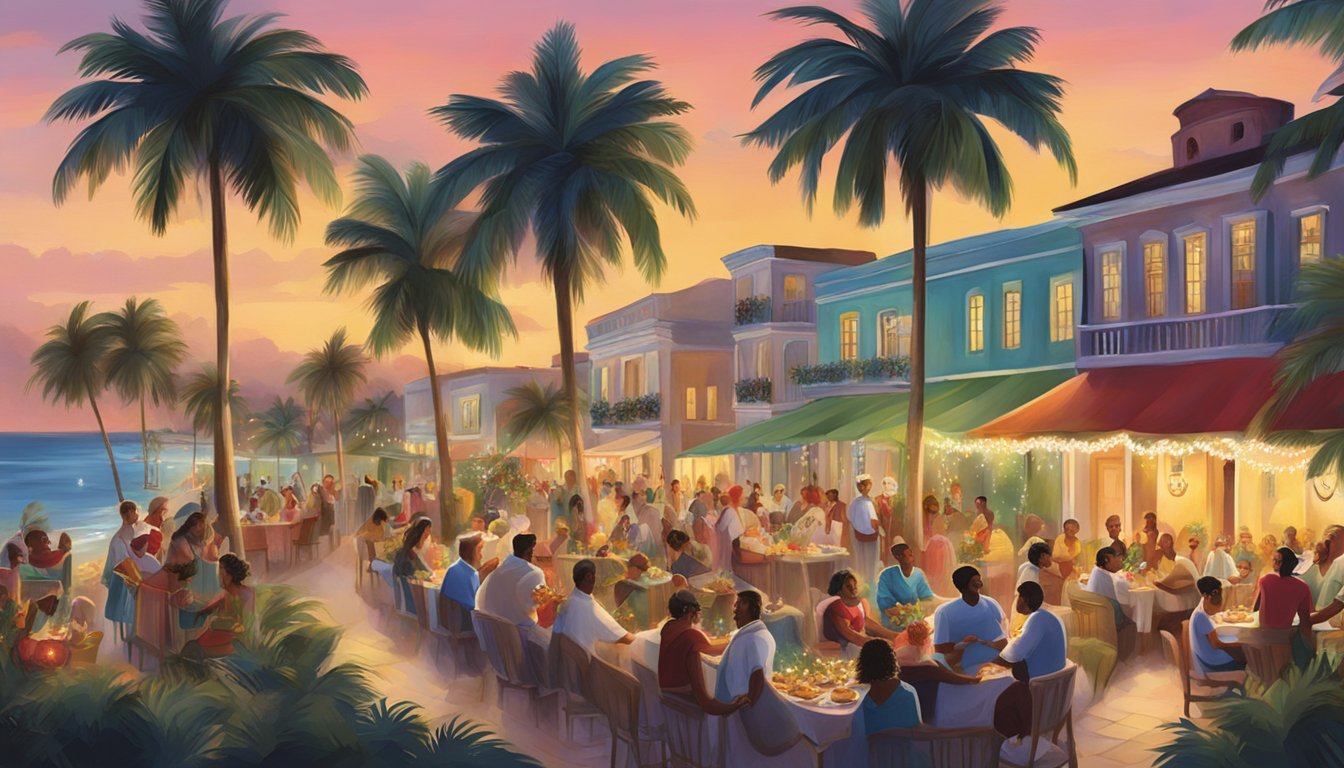
The history of Christmas in Cuba is marked by a blend of vibrant traditions, a significant ban during the Castro regime, and a restoration that breathed new life into the holiday spirit on the island.
Pre-Revolution Christmas
Before the Cuban Revolution, Christmas in Cuba mirrored its colonial Spanish heritage, characterized by festive celebrations.
Family gatherings, feasts, and religious ceremonies centred on nativity were common, reflecting the island’s strong Catholic influence.
Cultural festivities included Misa de Gallo, a midnight mass on Christmas Eve, followed by a traditional meal.
Christmas Ban and Its Impact
In 1969, under Fidel Castro’s leadership, Christmas was removed as a national holiday, coinciding with a peak period for sugar harvests that were economically vital to Cuba.
The government promoted atheism, and public displays of Christmas were consequently suppressed. This ban lasted until 1997 and resulted in a generation of Cubans growing up without the public celebration of Christmas.
Restoration of Christmas
The lifting of the Christmas ban in Cuba was influenced by Pope John Paul II’s upcoming visit to the nation in 1998.
Fidel Castro reinstated Christmas as a national holiday in 1997, allowing Cubans to celebrate once more openly.
Since restoration, Cubans have reintegrated Christmas traditions with a blend of old and new practices reflecting the island’s evolving cultural landscape.
Cuban Christmas Traditions
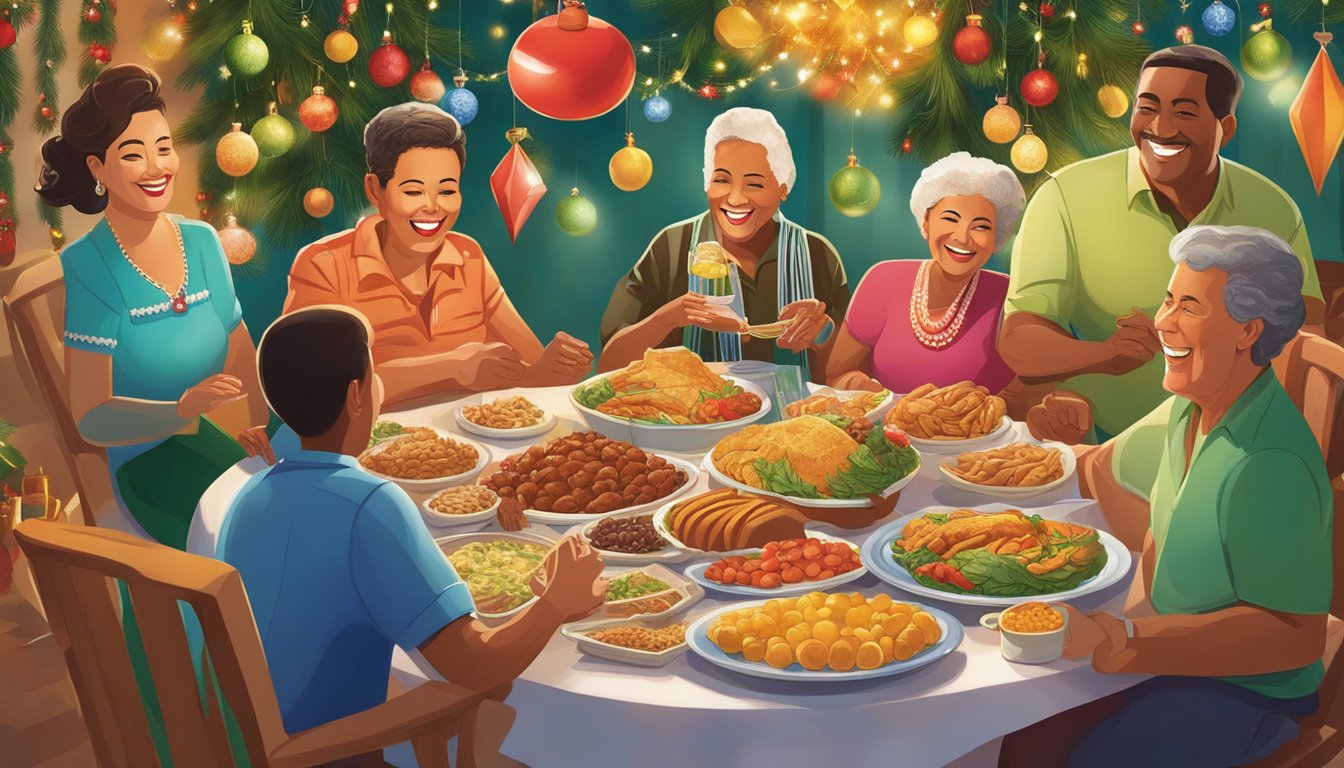
Cuban Christmas traditions reflect a blend of cultural influences, adapted over time and revived after a decades-long hiatus. They exhibit the island’s festive spirit through a series of events leading up to and after Christmas day.
Nochebuena Celebrations
Nochebuena, or Christmas Eve, is the pinnacle of holiday festivities in Cuba.
Families gather for an evening of feasting, which often includes roasting a pig and sharing a meal under the stars. This marks a time of unity and joyful celebration where the phrase “Feliz Navidad” is heartily exchanged.
- Main Dish: Roast pork (Lechón asado)
- Side Dishes: Black beans and rice (Moros y Cristianos), yuca with mojo, and plantains
- Dessert: Traditional sweets like turrones and buñuelos
Nativity Scenes and Decorations
While not as prevalent as in other cultures, nativity scenes (pesebres) still hold a place in the traditions of Cuban Christmas.
The scenes represent the birth of Jesus and are sometimes displayed in churches and homes. Decorations often include Christmas trees and lights, which add to the festive atmosphere.
Christmas Eve Festivities
The night before Christmas, families and friends also engage in gatherings that may include music and dancing, a testament to the vibrancy of Cuban culture.
Midnight Mass, or Misa de Gallo, is traditionally attended by those practising the Christian faith, marking the
spiritual significance of the holiday.
The Feast of the Three Kings
On January 6th, the Feast of the Three Kings (Día de los Reyes Magos) is celebrated, completing the Christmas season.
This day is especially anticipated by children, who may receive small gifts to commemorate the occasion. It is a day infused with the sharing of stories and the honouring of the Magi’s visit to the infant Jesus.
Culinary Delights of Cuban Christmas
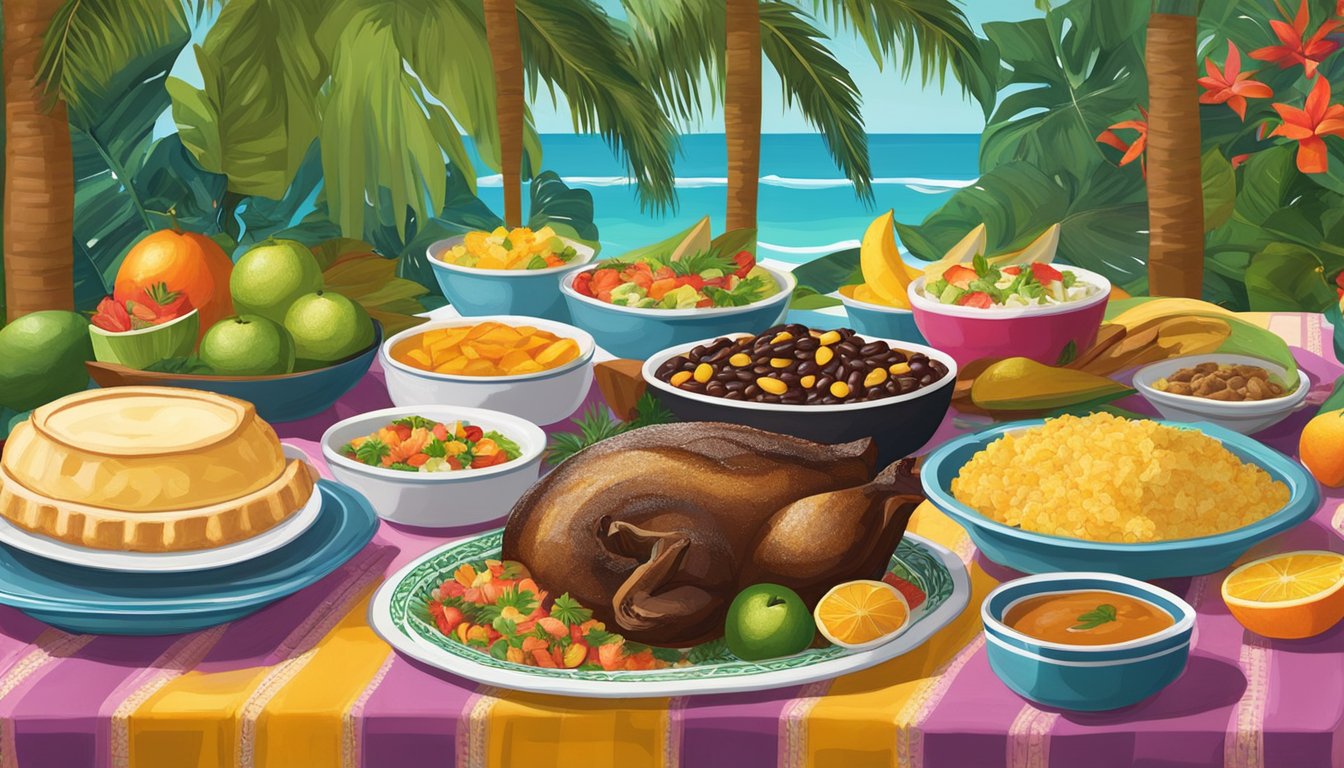
The Christmas season in Cuba is marked by its distinctive gastronomy, blending traditional recipes, family gatherings, and celebrating cultural heritage through food.
The Nochebuena Feast
The Nochebuena (Christmas Eve) feast is the centrepiece of holiday celebrations in Cuba.
Families come together to enjoy a sumptuously prepared meal that typically includes lechón asado (roast pork), symbolizing prosperity and unity. This bountiful meal results from meticulous preparation and embodies the spirit of the season.
Traditional Christmas Foods
Lechón asado (Roast Pork): The highlight of the Nochebuena feast, often marinated with garlic, sour orange, and spices.
Moros y cristianos (Black Beans and Rice): A staple side dish that complements the flavours of the lechón asado.
Yuca con mojo (Yuca with Garlic Sauce): A savoury accompaniment made with boiled yuca and a garlic-citrus dressing.
Tamales: Corn dough often filled with pork, wrapped in corn husks, and steamed to perfection.
Dishes like ropa vieja (shredded beef stew) and fried plantains offer additional layers of flavour and texture to the festive table.
Desserts and Sweets
No Cuban Christmas is complete without the sweet finishing touches. Desserts such as:
Arroz con leche (Rice Pudding): Creamy and sweet, often spiced with cinnamon.
Boniatillo (Sweet Potato Pudding): A smooth and rich dessert made from sweet potatoes, flavoured with cinnamon and vanilla.
These traditional sweets provide a perfect balance to the savoury feast, bringing a delightful closure to the Christmas meal.
Cuban Christmas and Family
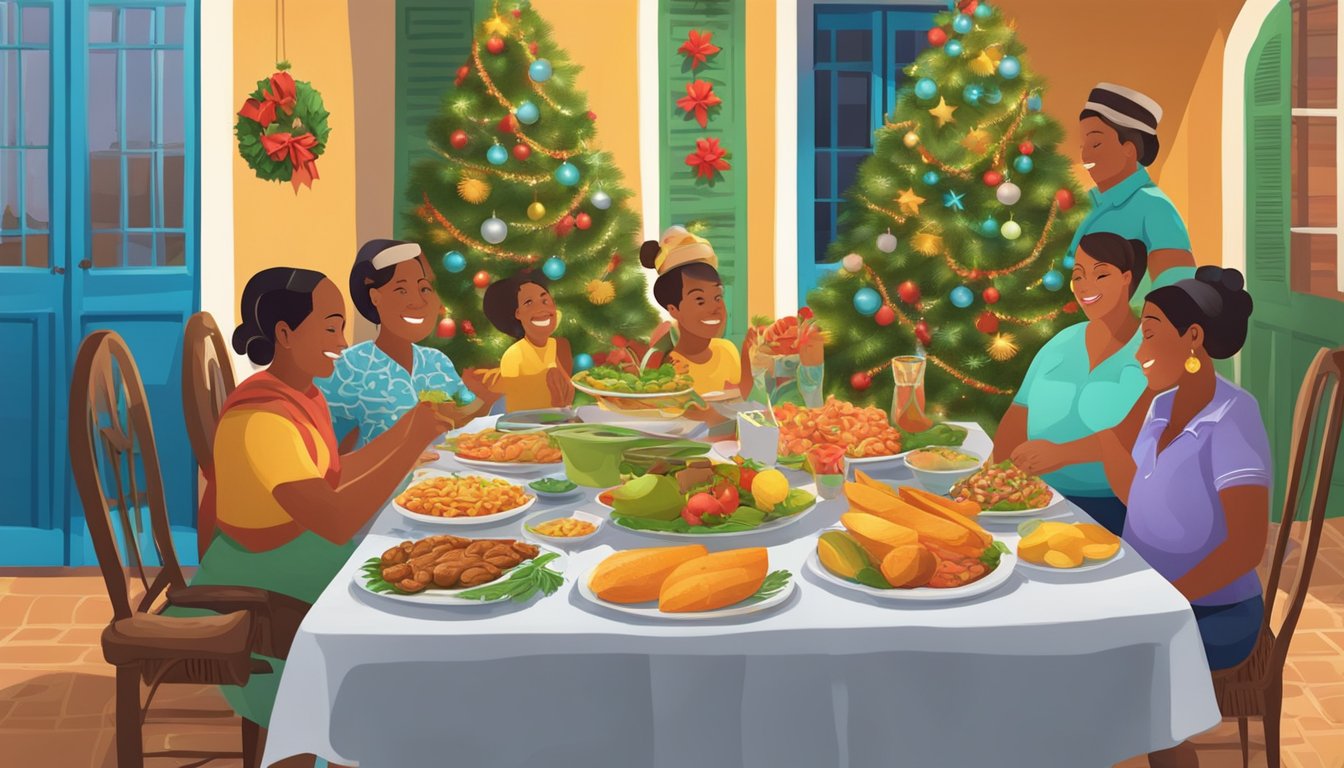
In Cuba, Christmas is rich in family-centric traditions, where multiple generations come together for celebration. The festivities pivot on family gatherings and the sharing of gifts, with the long-standing Cuban customs blending with more contemporary influences.
Family Gatherings
Nochebuena, or Christmas Eve, stands at the heart of Cuban family celebrations.
Often spanning several generations, family members assemble on the 24th of December to prepare and enjoy a traditional feast.
It’s a significant social event where the entire Cuban family, including distant relatives, is typically invited to share in the joyous occasion. These gatherings are characterized by:
Elaborate meals: The centrepiece is often a succulent pork dish, reflecting the island’s culinary preferences.
Communal participation: Each household contributes to the festivities, often participating in the cooking process or sharing special homemade dishes.
Gift-Giving and Santa Claus
While the introduction of Santa Claus into Cuban Christmas traditions is a more recent development, he has become part of the festive experience for many Cuban families.
Gift-giving was historically linked more to Three Kings Day, yet with evolving celebrations, Santa Claus now plays a role in the festivities. Key points surrounding gift-giving and Santa Claus in Cuba include:
Presents: They are generally exchanged during family gatherings, focusing on children.
Inter-generational impact: Older generations of Cubans, who may not have grown up with Santa Claus due to historical bans on Christmas celebrations, are now embracing these new customs with their families.
Religious Observances
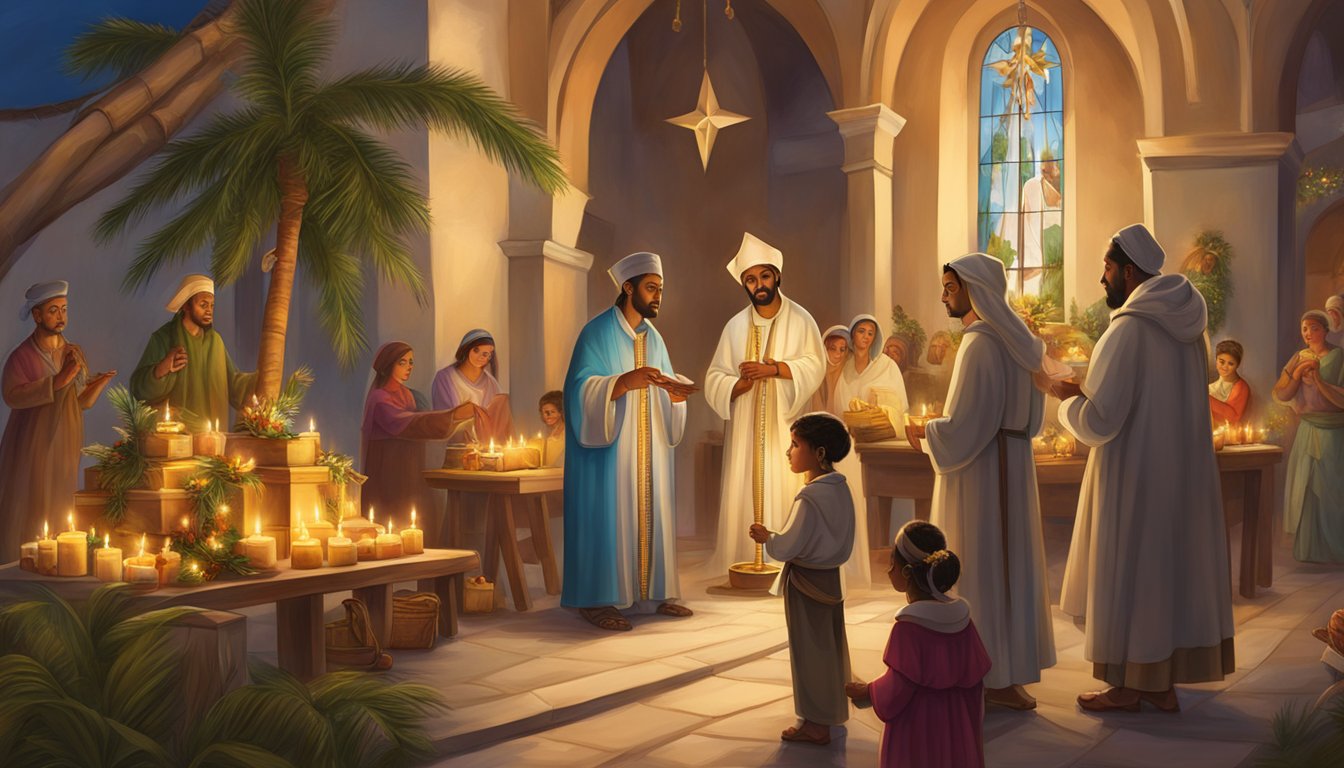
In Cuba, Christmas religious observances remain an integral part of the holiday for many, reflecting the island’s Christian and specifically Catholic heritage.
Nativity scenes, known locally as “Nacimientos,” often adorn churches and homes, symbolizing the birth of Jesus Christ.
Midnight Mass and Catholic Traditions
Midnight Mass, also known as “Misa de Gallo,” is a significant Catholic tradition in Cuba.
It marks the commencement of Christmas, with Catholics attending church services to commemorate the birth of Christ. The Mass holds special importance as it brings families and communities together in a spiritual celebration.
Nativity Scenes: Commonly displayed in conjunction with religious festivities.
Catholic Practices: For example, attending Mass is central to holiday observances.
Religion and the Cuban State
The relationship between religion and the Cuban State has been complex.
In recent history, the government maintained a stance of religious suppression, which affected the public expression of faith, but religious practices have been resurgent.
Catholic and other Christian denominations are practising more freely now. However, the level of religious observance can vary across the island, with urban areas often witnessing a higher participation rate in church services.
Religious Freedom: Changes in state policy have led to increased religious expression.
Public and Private Observance: Some Cubans practice religion openly, while others may observe more privately.
Modern Celebrations and Changes
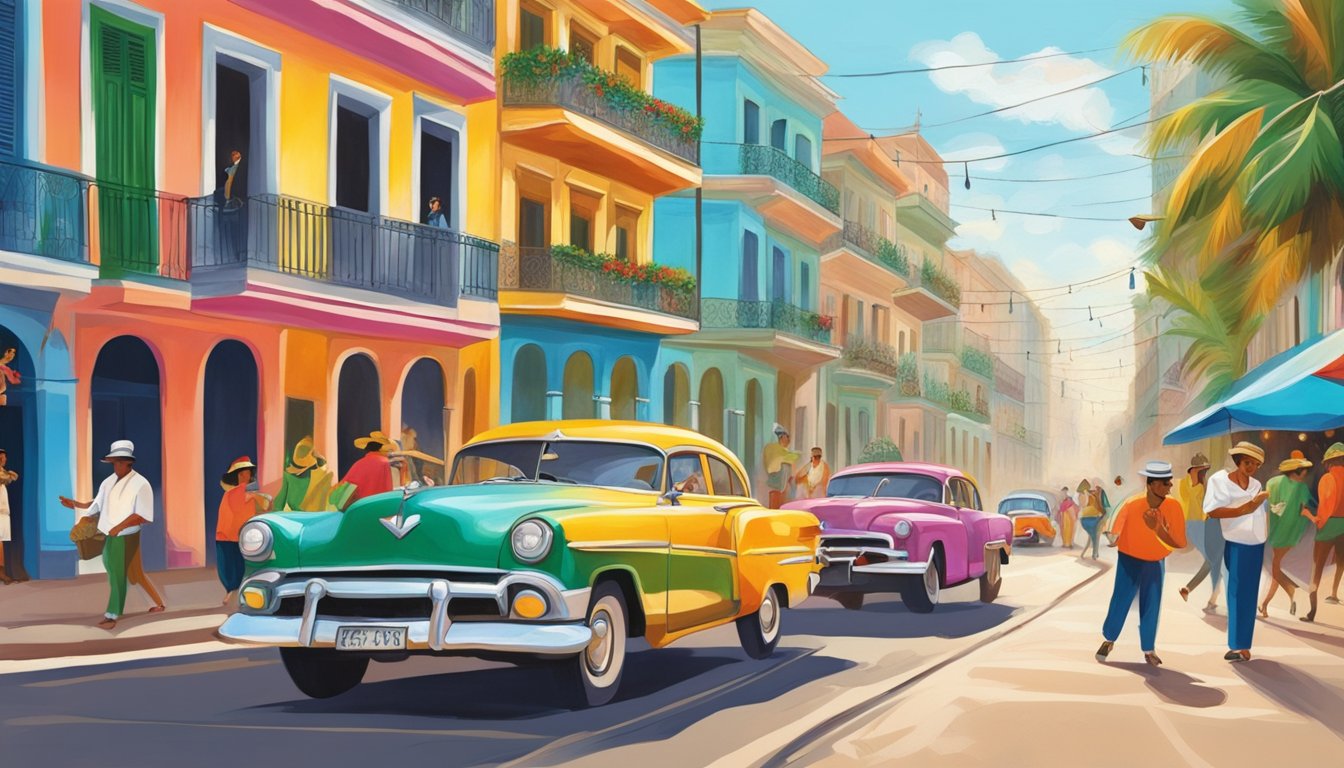
Christmas in Cuba has evolved significantly over the years, particularly since lifting the ban on the holiday in 1997.
Cuban Christmas traditions are now a blend of old practices and new influences shaped by generations and global trends.
Cuban Christmas in the New Generation
Cuba’s new generation has the opportunity to openly celebrate Christmas, a change from the era when the holiday was suppressed.
After nearly three decades without official Christmas festivities, the reintroduction of this holiday has allowed for a cultural renaissance.
Young Cubans in cities like Havana, especially in historic areas like Old Havana, are now experiencing and reshaping traditions.
They are also contributing by infusing Christmas with contemporary Cuban culture.
These vibrant celebrations reflect a restored appreciation for a once-lost facet of Cuban heritage, highlighting the resilient spirit of its people.
Influence of Global Traditions
As Cuba continues to interface with the global community, especially with other countries in Latin America, international customs are being woven into the fabric of Cuban yuletide celebrations.
These global influences can be seen in the:
Decorations: Now often include modern, commercially-produced items alongside traditional Cuban decorations.
Music: Cuban Christmas now embraces a variety of musical styles, mixing local rhythms with international Christmas songs.
Cuisine: While traditional dishes remain, new culinary influences emerge as Cubans exchange recipes and ideas with expatriates and foreign visitors.
This integration has led to a unique, blended celebration that stands as a testament to the evolving nature of Cuban Christmas traditions in the face of globalization.
Christmas in Havana and Beyond

The holiday season lights up with celebrations from the vibrant streets of Havana to the sandy beaches and heritage-rich cities throughout Cuba.
This section uncovers the unique ways Christmas is celebrated in Havana, the varied festivities in other Cuban cities, and the slight regional differences that colour these traditions.
Festivities in the Capital
In Havana, Christmas is less commercial and more about community and shared experiences.
Old Havana transforms with decorations and subdued festivity, reflecting the city’s relaxed approach to the holiday after Christmas celebrations were reinstated following a previous ban.
Visitors won’t find the holiday being overtly commercialized but rather enjoyed through social gatherings and a focus on New Year’s Eve, which holds a significant place in Havana’s festive calendar.
Christmas in Other Cuban Cities
Moving beyond the capital, cities like Trinidad and Remedios are known for their distinctive celebrations.
Trinidad offers a cosier Christmas atmosphere, with its historical streets echoing festive music.
The city of Remedios goes a step further, preparing for the festival known as “Las Parrandas,” one of the oldest and most vibrant community festivals, started in the 18th century, featuring intricate light displays and spirited competition between neighbourhoods.
Regional Variations
Havana
New Year’s celebrations overshadow traditional Christmas festivities.
Family gatherings and feasts on Christmas Eve (Noche Buena) are common.
Remedios
Home to Las Parrandas festival, marked by elaborate fireworks and street parties.
Occurs in late December, adding a unique regional flavour to the holiday season.
Beaches and Coastal Areas
Beaches offer tranquil escapes from urban festivities.
Coastal areas may have subdued celebrations, focusing on local customs and gatherings.
Each region in Cuba brings its own flavour to the Christmas season, from Havana’s low-key yet warmly social festivities to Remedios’ exuberant local traditions, showing the country’s diverse cultural fabric.
Cuba’s Christmas Future
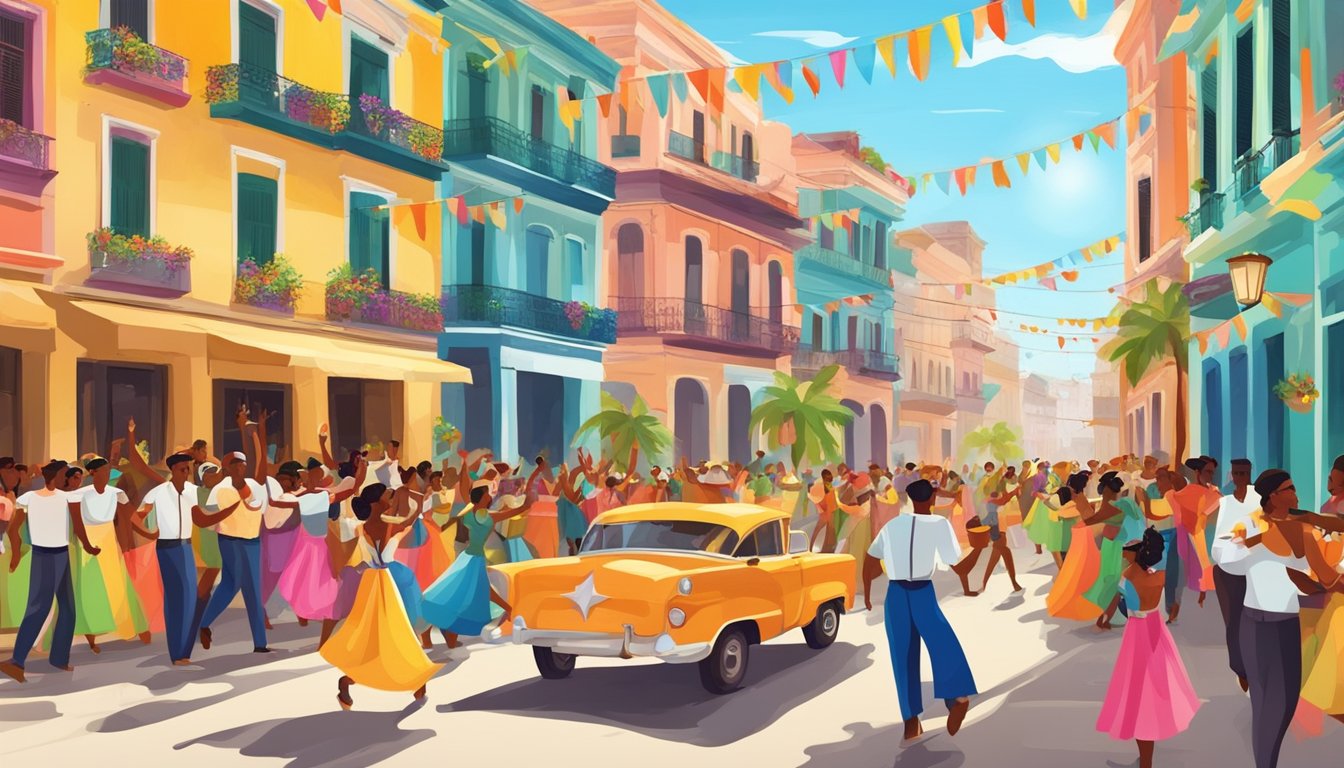
As Cuba navigates its future, the Christmas festivities reflect a blend of past traditions and emerging cultural shifts.
Observing Christmas in Cuba now involves a generation rekindling customary practices that were once suppressed between 1969 and 1997.
This newfound freedom to celebrate has seeded a revival of interest in traditional festivities among Cuban families.
Generational Changes play a pivotal role in the evolution of the Cuban Culture during Christmas.
Younger Cubans, influenced by global connectivity and exposure to other cultures, are beginning to incorporate new elements into their holiday celebrations while still honouring their heritage.
This is evident in mingling typical Cuban dishes with new culinary influences during family gatherings.
The family remains at the heart of Cuban Christmas.
It’s anticipated that future celebrations will prioritize familial bonds, with extended families uniting for the customary Noche Buena feast.
This meal, the most significant aspect of the celebrations, is expected to retain importance, offering a sense of continuity amidst change.
Furthermore, the economic context of Cuba will likely impact holiday observances.
While craft vendors and local businesses face challenges, hope prevails that improved economic conditions may lead to more abundant celebrations in the coming years.
The endurance and adaptability of the Cuban people suggest that Christmas in Cuba will maintain its core values of family and community while also embracing new influences that come with generational shifts and economic changes, fostering a dynamic and resilient holiday spirit.
Frequently Asked Questions
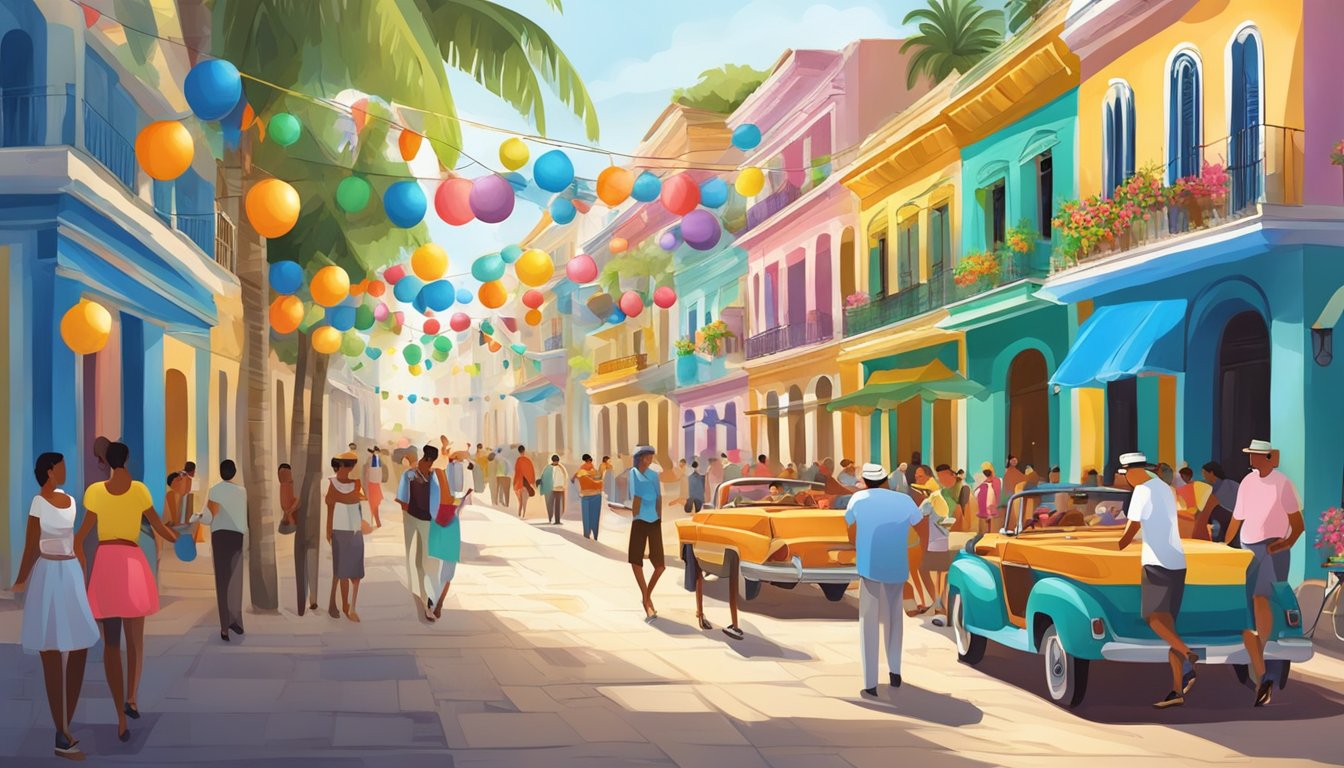
How do Cubans celebrate Christmas?
Cubans observe Christmas focusing on family gatherings and feasting, particularly on Noche Buena, or Christmas Eve, the heart of the celebration.
What is a traditional Cuban Christmas dinner?
A traditional Cuban Christmas dinner often features roast pork, black beans and rice, and yuca with mojo, and for dessert, some might savour sweets like turrones and the typical Cuban pastry, Guayaba.
What are common Christmas traditions in Cuba?
Common Christmas traditions in Cuba include setting up a Christmas tree and a nativity scene, attending a midnight Mass known as “Misa del Gallo,” and sharing gifts among loved ones.
What are some unique Christmas decorations in Cuba?
In Cuban Christmas decor, the nativity scene holds significant importance alongside the Christmas tree, while outdoor decorations and lights are less prevalent than in many other countries.
How long was Christmas banned in Cuba?
Christmas was banned in Cuba for nearly three decades, from 1969 until 1997, when the ban was lifted to honour a visit from Pope John Paul II.
Is Christmas a public holiday in Cuba?
Yes, Christmas is a public holiday in Cuba. This allows the population to indulge in festivities and religious observations.
